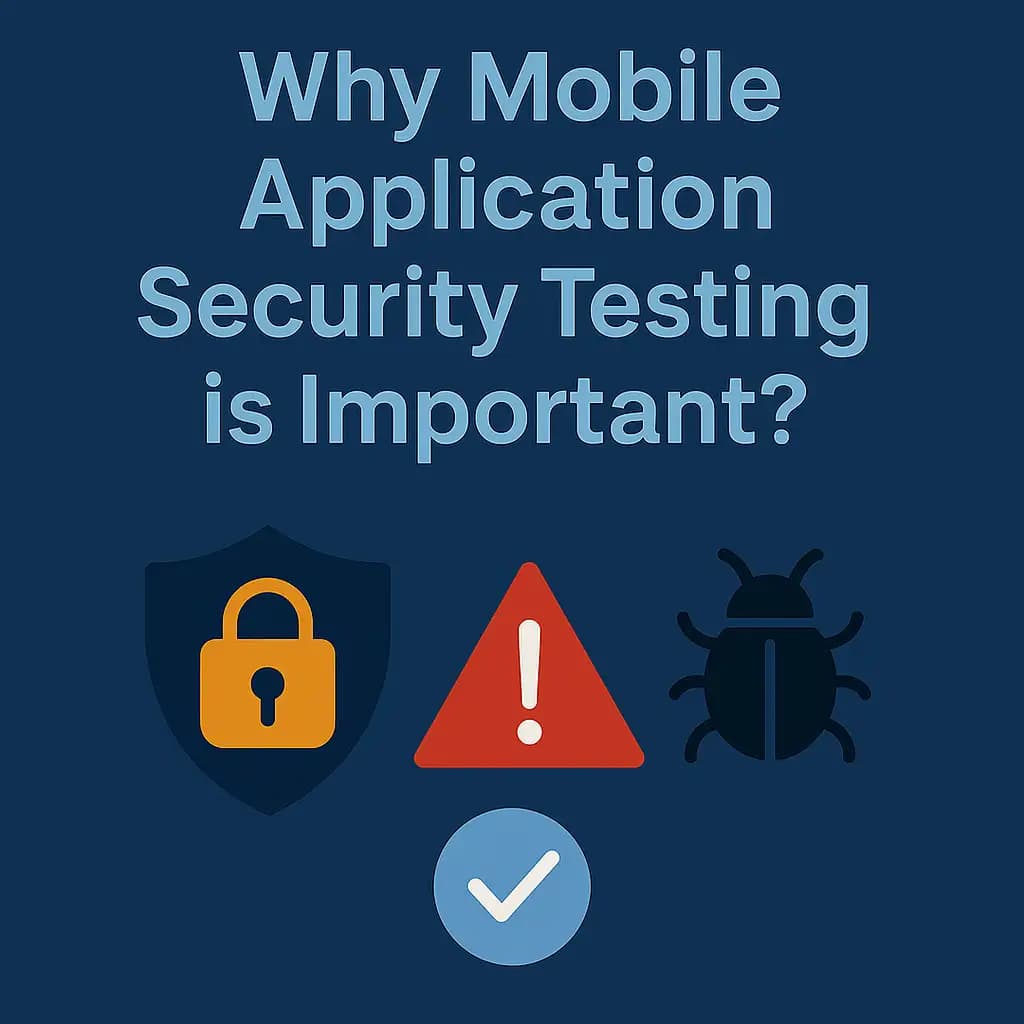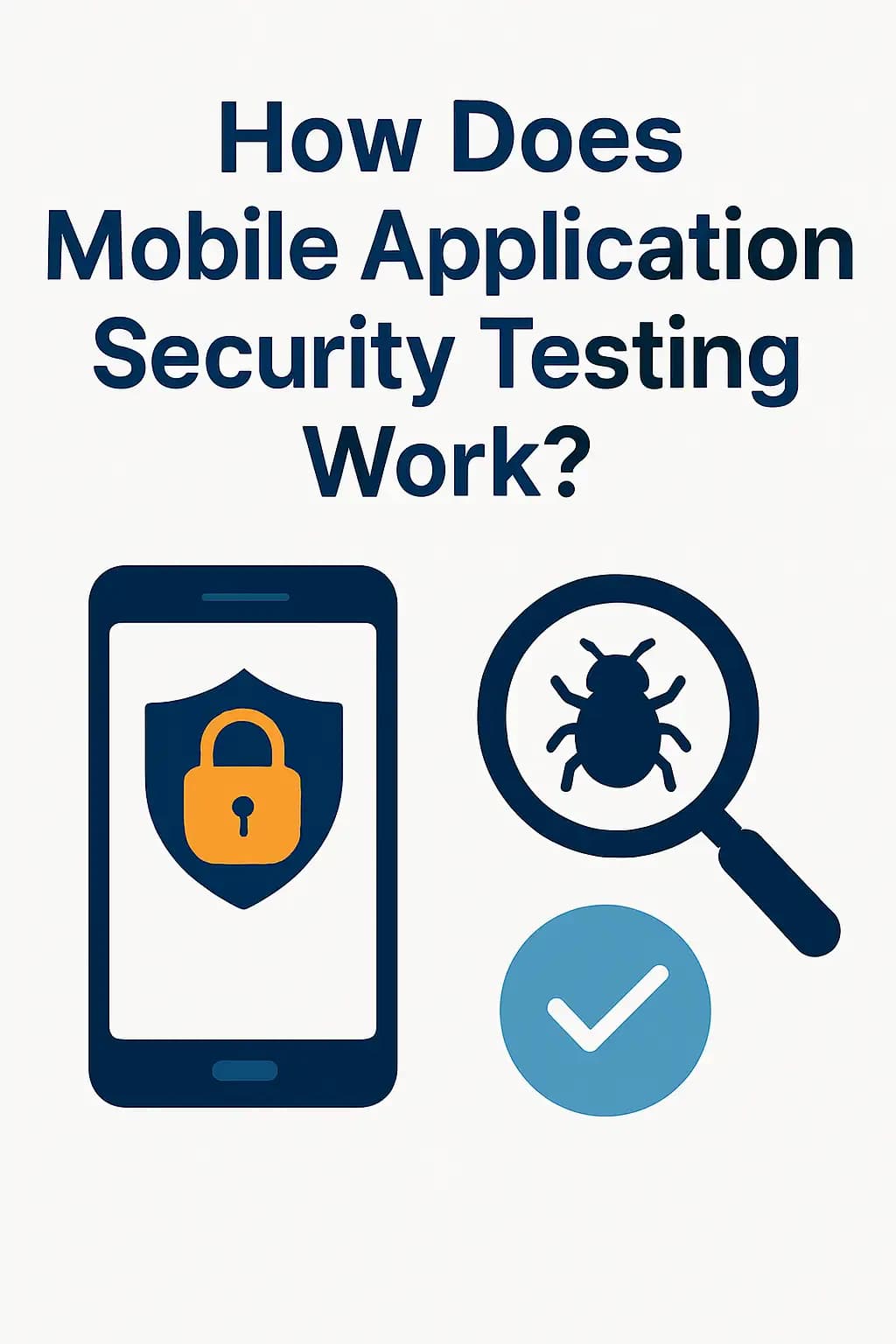Mobile Application Security Testing
What is Mobile Application Security Testing?
Mobile Applications have become integral to everyday life, streamlining tasks across industries such as finance, healthcare, education, retail, and social networking. As the reliance on mobile technology increases, so do the risks associated with it. Cybercriminals are targeting mobile apps with growing sophistication, exploiting vulnerabilities to steal sensitive user data, commit fraud, and damage corporate reputations.
To counter these threats, organizations are adopting Mobile Application Security Testing (MAST) as a proactive approach to identify vulnerabilities and strengthen the overall security posture of their mobile applications.

Key Features of Mobile Application Security Testing

Why Mobile Application Security Testing is Important?
- Protects Sensitive Data: Prevents data leaks or theft of personal, financial, or business-critical information.
- Prevents Unauthorized Access: Ensures only legitimate users can access the app and its data.
- Mitigates Financial and Legal Risks: Helps avoid costly breaches, legal action, and regulatory fines (e.g., under GDPR, HIPAA).
- Defends Against Cyberattacks: Identifies vulnerabilities before attackers exploit them (e.g., via malware, MITM attacks).
- Ensures Trust and Reputation: Builds user confidence by showing commitment to security and privacy.
- Meets Compliance Requirements: Helps fulfill standards like OWASP, PCI-DSS, and ISO 27001.
- Supports Secure Development: Encourages secure coding practices and reduces fix costs when done early.
- Protects Intellectual Property: Prevents reverse engineering and tampering of proprietary code.

How Does Mobile Application Security Testing Work?

Why Hoplon?
Frequently Asked Questions
Everything you need to know about Mobile Application Security Testing
We're Here to Secure Your
Hard Work
Protect your system from cyber attacks by utilizing our comprehensive range of services. Safeguard your data and network infrastructure with our advanced security measures, tailored to meet your specific needs. With our expertise and cutting-edge technology, you can rest assured that your system is fortified against any potential threats. Don't leave your security to chance – trust our proven solutions to keep your system safe and secure.
Share this :